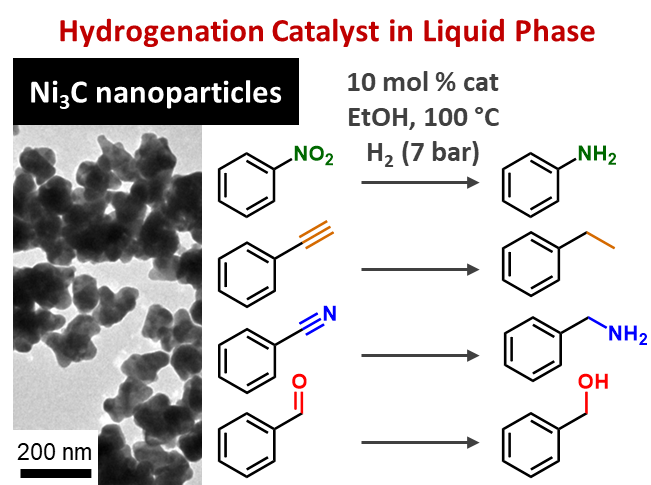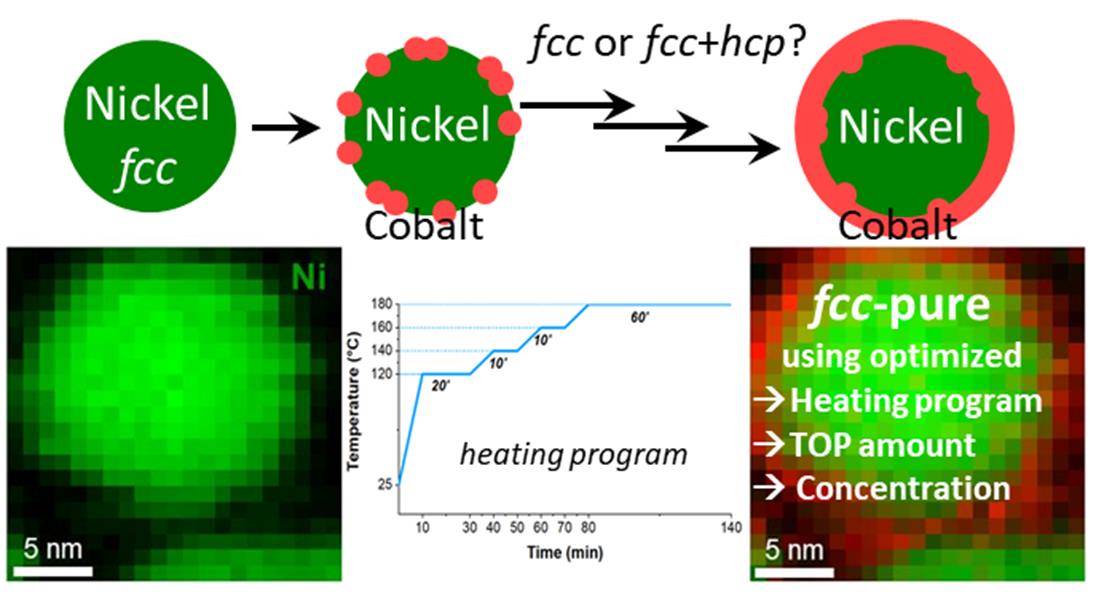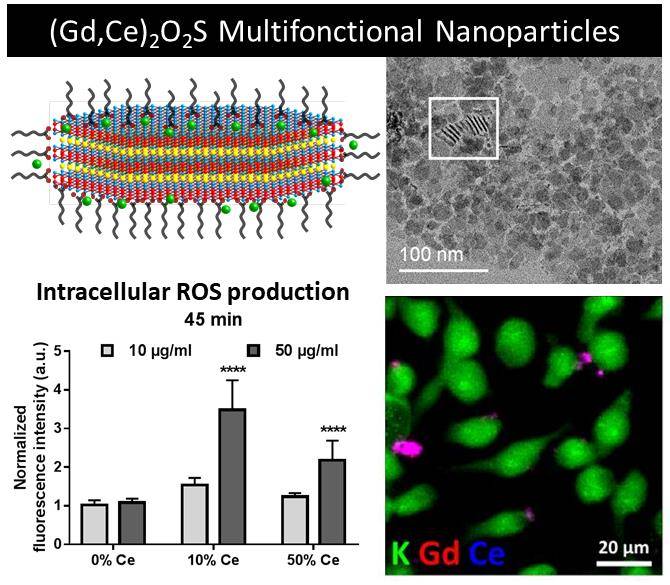Publications
| 2025 (1) | |||
| 2024 (7) | 2023 (5) | 2022 (3) | 2021 (5) |
| 2020 (3) | 2019 (12) | 2018 (5) | 2017 (3) |
| 2016 (4) | 2015 (2) | 2014 (4) | 2013 (7) |
| 2012 (7) | 2011 (1) | 2010 (2) | 2008 (1) |
2022 | Articles and Reviews
Nickel Carbide (Ni3C) Nanoparticles for Catalytic Hydrogenation of Model Compounds in Solvent
R. F. André, L. Meyniel, S. Carenco, Cat. Sci. Tech. 2022, doi 10.1039/D2CY00894G |
The Delicate Balance of Phase Speciation in Bimetallic Nickel Cobalt Nanoparticles
A. Palazzolo, C. Poucin, A. P. Freitas, A. Ropp, C. Bouillet, O. Ersen, S. Carenco, Nanoscale 2022, doi 10.1039/D2NR00917J. |
Risk Analysis and Technology Assessment of Emerging (Gd,Ce)2O2S Multifunctional Nanoparticles: An Attempt for Early Safer-by-Design Approach
A.-M. Nguyen, A. E. Pradas del Real, O. Durupthy, S. Lanone, C. Chanéac, S. Carenco, Nanomaterials 2022, 12, 422. |







